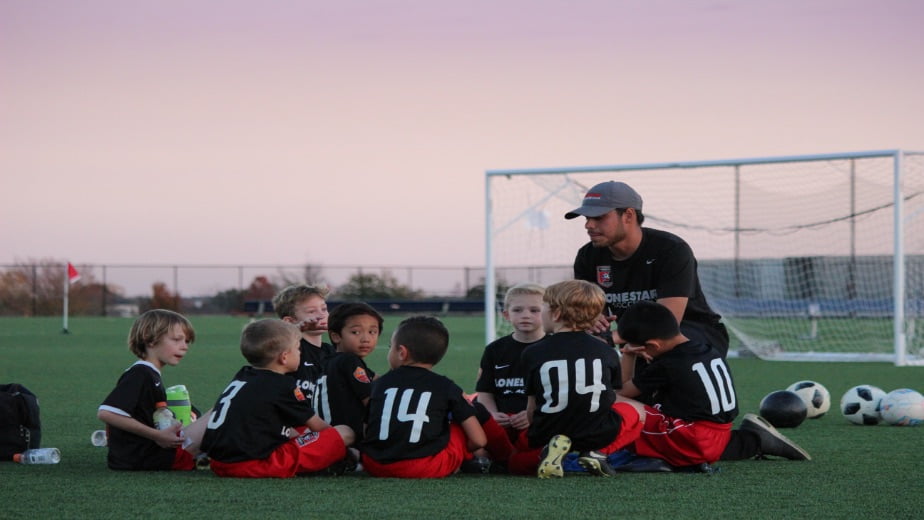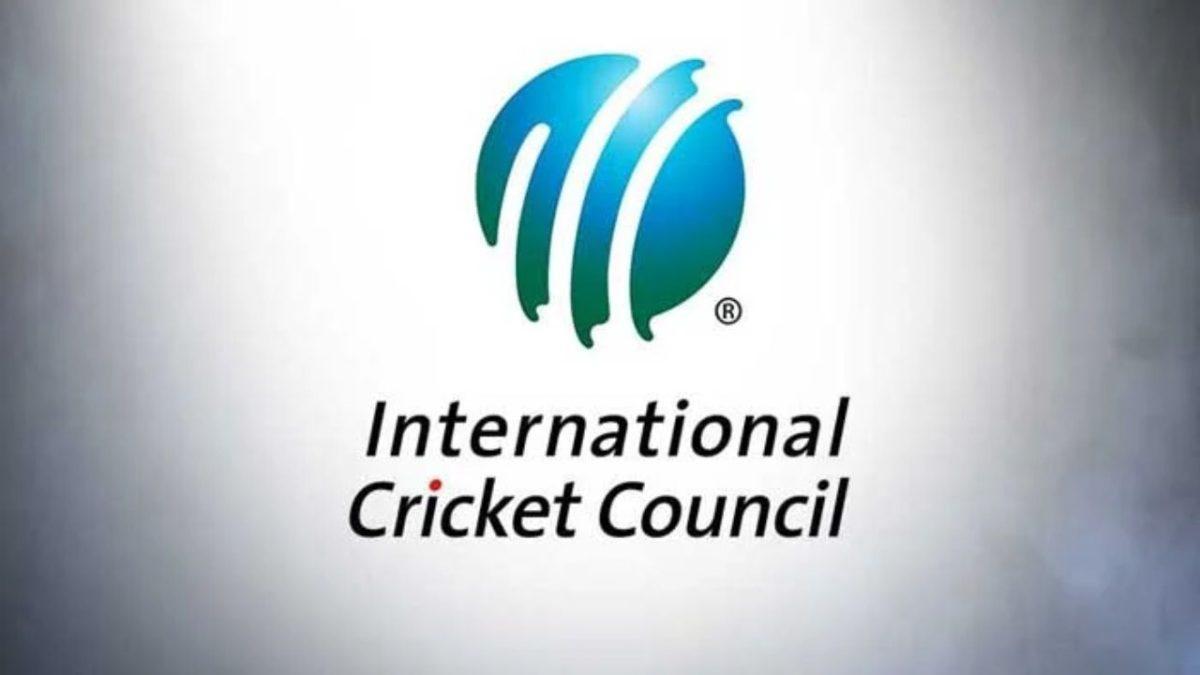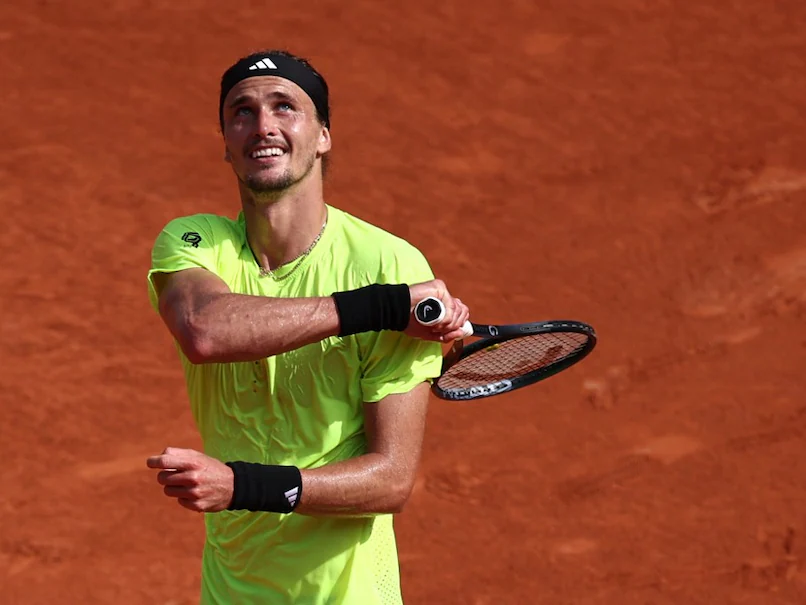To enhance the sports performance, strength & conditioning is often included in sports and training. Sports conditioning has multiple fitness components like power, strength, speed, balance, agility, coordination, and endurance.
Developing a Conditioning Program –
1. Requirement of the sports & goal – The first step to improving fitness or sports performance through physical conditioning is to design a program with the goals and requirement of the specific sport. It is not right that every sport requires the same fitness components conditioning. The requirements of a boxer are totally different from the requirements of a swimmer.
2. Developing a conditioning Program –
a. Involving specialists to design the program – it is always beneficial that we use specialists to design the program which will help in enhancing the performance and reducing the risk of injuries. Specialists analyze/evaluate the players’ fitness level, the performance and design the training program on the basis of players requirement.
b. Cross Training Methods – In conditioning training programs, cross training methods are used. Using cross training methods will help the player/athlete to improve the overall performance. Cross training actually improve the other body parts than the regular or usual routine training which also helping in reducing the risk of overuse
3. Risk of conditioning Program
a. Acute Injuries – There are chances that athletes might get the acute or overuse injury with wrongly implemented conditioning programs. There will be muscle strains, dislocations and fractures involved in traumatic events. Treatment depends on the severity of injury. Rest, compression and applying ice are the first aid treatments.
b. Overuse injuries – If the athlete/player wants to increase the performance in a short time he/she increases the frequency, intensity or load of training rapidly, putting too much load on the particular muscle or body part will lead to an injury. Overuse injuries are like fractures, shin splints and ligaments.
4. Prevention of conditioning injuries –
a. Plan keeping end goal in mind – Coaches need to design their training programs with an end goal in mind. For instance, handball players planning to participate in friendly or invitation matches should allow enough time to properly accelerate the training to have the body ready for the main competition date. There are too much of risk to increase training intensity too rapidly to achieve the goal will increase the risk of injury
b. Adding Exercises or resistance programs for maintenance – our body also works like an engine which needs rest and maintenance. In terms of adding different exercises or resistance training programs than the routine ones. It will not only help to improve other fitness components but also reduces the repetitive pressure on the muscle or the body parts.
c. Diet, Sleep & Rest – Players must consume enough calories to meet their training requirements. They must consult with a nutritionist. Following YouTube and internet blogs will be dangerous as every person has a different requirement. Sleep and rest is required to recover from the training and increase performance the next day.
d. Consult with coach or physician – If the player is recovering from an injury, they must consult with coach, physio or doctor before getting into the training. Neglecting the injury or keeping it untreated can increase the severity of the injury.
Principles of Sports Conditioning
Sports and conditioning helps the individual to improve their movement quality and through that the performance. It is very important that we must understand the general sports training principles: overload, reversibility, progression, individualization, and specificity.
1. Individuality
As we all know that every individual have a different identity and differentiate and due to this they have unique responses to the training and these differences are as follows
Biological (Genetic)
Training age
Gender
Body size and shape
Past injuries etc.
Thus, training should be adjusted to the individuals’ differences and needs.
2. Specificity
Coaches must understand the specific requirement of sports activity as well as the individual and accordingly he can design the training program to train the specific muscle groups, the intensity of the exercise.
We need to train specifically to develop the right muscles- if our sports require a lot of endurance and explosive movements then we have to work on the lower body with strength & endurance training.
3. Overload
Some of the factors require high intensity training to develop which the body is accustomed to. This can be done by increasing the intensity, duration, or frequency of training.
Gradually increase the overload to enhance fitness without the risk of injury.
4. Progression
Overloading must be done at optimal level and within a time frame to maximise the performance. Increasing the overload too rapidly and quickly may lead to poor technique and injury. Also, very slow overloading may result in low or no improvement.
5. Rest & Recovery
Rest: the time allotted to recovery.
Recovery: The time required to recover or repair the cells of the muscles or exertion which is caused by training or competition.
6. Reversibility –
The effect of training will be lost if you stop the training for an extended period of time.
It is natural that if you don’t use it you will lose it.
Training effects are reversible.
Strength and speed are gradually lost with muscles losing their tone and size, commonly known as: Muscular Atrophy
For coaches to achieve the results in these areas, they have to incorporate rigorous training through sports conditioning.
Also read: The importance of strength and conditioning in sports for optimal performance (Part 1)
There are mental and physical benefits of a sports conditioning Program which are as follows.
Better performance
Increased self-confidence.
Increased strength and resilience
Increased technique and power
Improved mental strength
Prevent from injuries, Reduced risk of injuries and also reduced severity
Quicker and fuller recovery
Delayed fatigue
Better Strength; More Power; Faster Speeds

Written by Dr. Vaibhav Balasaheb Wagh, Ph.D in Physical Education and Former International India Handball Player.














